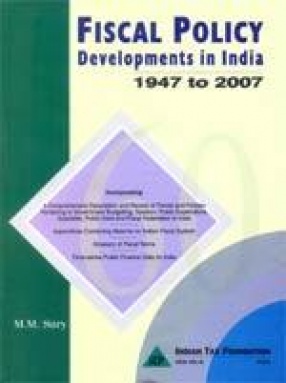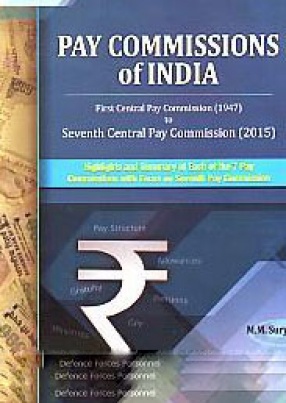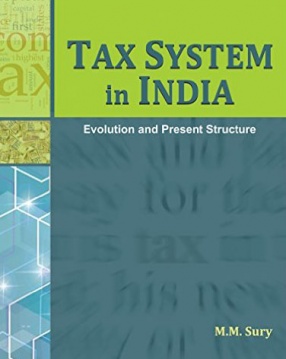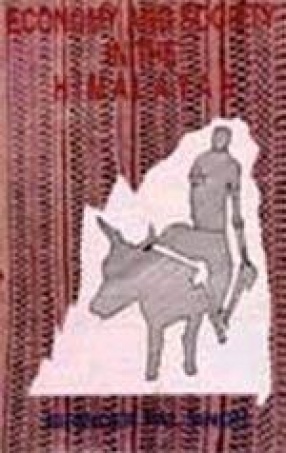Fiscal policy is an important instrument of the general economic policy of a government. It is concerned with the use of a government’s taxation and expenditure powers to influence economic activities in an economy at the aggregate level. It also deals with financial relations between different tiers of government in a federal polity. Through the medium of budget, fiscal policy determines the level of taxation, public expenditure, borrowings and the issue of additional currency by a government. The external payments crisis of 1991 in India, which led to the initiation of economic reforms, was the result of deteriorating fiscal situation during the latter half of 1980s. Fiscal imbalance was identified as the underlying cause of the twin problems of inflation and the difficult balance of payments position. This book provides an exhaustive and analytical account of fiscal developments in India since Independence in 1947 with focus on post-1991 reforms. The book is organised into 10 parts, each part containing chapters/information dealing with some aspect of fiscal policy in India. Part I is introductory in nature. It explains the economic role of governments in modern societies and the policy instruments available to them to influence the working of an economy, particularly the role of fiscal policy. Part II is devoted to Government budgeting in India. It explains (a) the mechanics of government budgeting, (b) constitutional provisions regarding Government budgeting in India, (c) structure of the Central Government Budget and (d) functional, economic and cross-classification of the budget. Part III deals with Indian tax system. It is sub-divided into 5 sections. Section A describes pre-independence tax system. Section B explains trends in combined (Centre and State) tax revenues. Section C examines Central Taxes. Section D is devoted to state taxes. Section E relates to international aspects of Indian taxation. Part IV covers public expenditure in India. It presents a theoretical insight into the issues involved in public expenditure and explains the structure of Central Government expenditure. It specially focuses on subsidies which form a significant part of the revenue non-plan expenditure of the Government. Part V focuses on public debt. It explains constitutional provisions regarding public borrowings in India and the main instruments of Government borrowings. Besides, it highlights the debt problems of the State Governments and the restructuring of public debt suggested by the Twelfth Finance Commission. Part VI discusses Centre-State financial relations (fiscal federalism) in India. It provides a detailed description and analysis of the evolution of Centre-State financial relations in India during the post-independence period and examines the existing arrangements for intergovernmental financial transfers. It also explains the role of the Finance Commission and the Planning Commission in effecting these transfers, particularly the principles followed by these agencies to reduce vertical and horizontal imbalances in the availability of resources to various tiers of the Government in India. Part VII relates to local bodies in India. It describes the functional responsibilities and sources of revenue of local bodies, explains the present constitutional arrangements relating to state-local financial relations, and examines the role of various statutory bodies in this regard. Part VIII consists of 12 appendices which provide supplementary information related to public finance in India. Part IX contains glossary of fiscal terms. Part X provides time-series public finance data on India. The book is designed to interest a cross-section of readers, viz. teachers and students of economics, commerce, law, public administration, business management, chartered accountancy and company secretaryship. It will also serve the needs of legislators, business executives, entrepreneurs and investors, and others interested in fiscal policy developments in India.
Fiscal Policy Developments in India: 1947 to 2007
In stock
Free & Quick Delivery Worldwide
Bibliographic information
Title
Fiscal Policy Developments in India: 1947 to 2007
Author
Edition
1st ed.
Publisher
New Century Publications, 2007
ISBN
8177081357
Length
xlii+648p., Tables; Notes; Index; 25cm.
Subjects








There are no reviews yet.